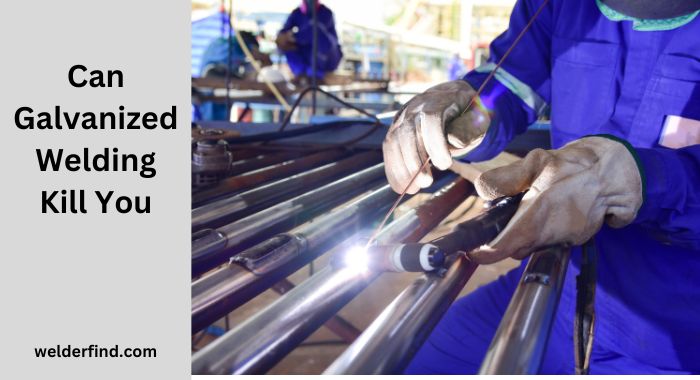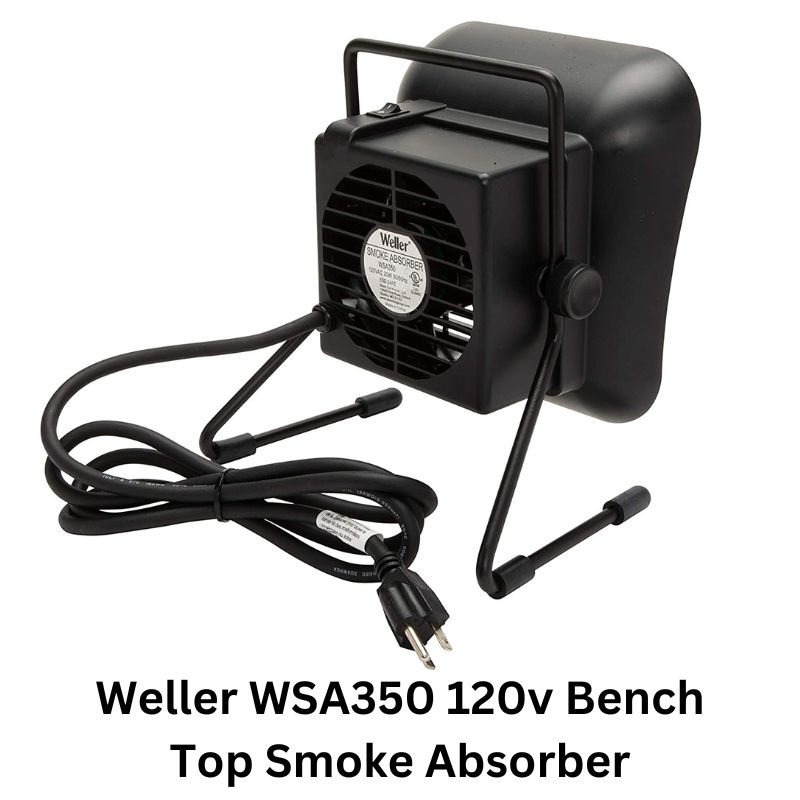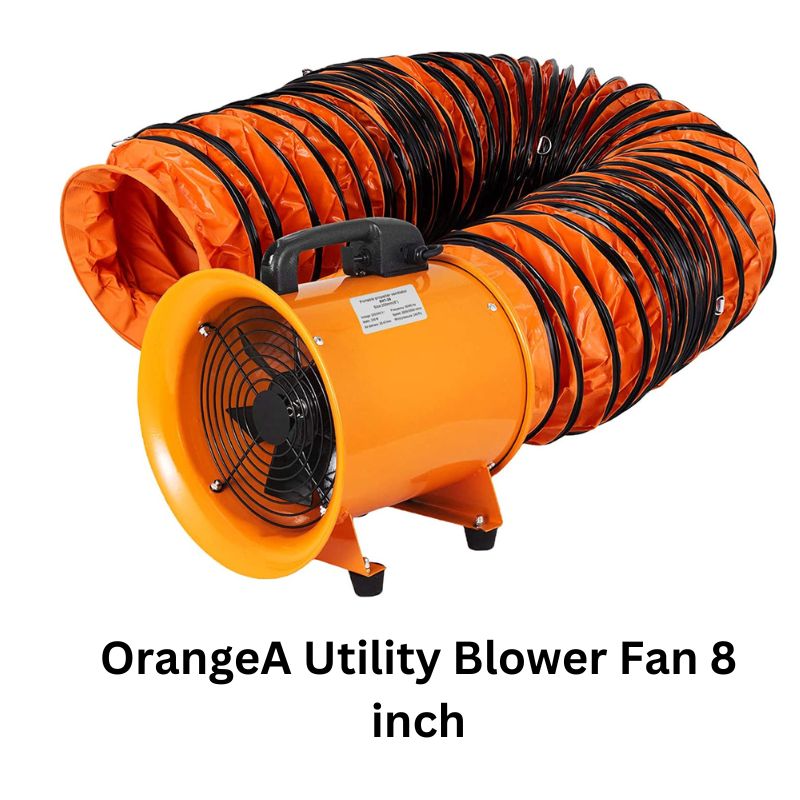Galvanized steel is steel that has been coated with a layer of zinc to protect it from corrosion. When you weld galvanized steel, the heat generated by the welding process can cause the zinc coating to vaporize.
The vaporized zinc forms a toxic gas called zinc oxide, which, when inhaled, can lead to a condition called metal fume fever.

Can galvanized steel welding kill you?
There is no clinical evidence that welding galvanized steel kills people. Though some people have complained that they face some health issues like throat hurting, metal fume fever, chest pain, shortness in breath and some blood issues.
But there is no evidence that galvanized steel welding killed anyone. So it is not true that galvanized steel welding kills people though galvanized steel welding is harmful.
However, long-term exposure to zinc oxide fumes can potentially lead to more severe health effects, such as respiratory problems, including pneumonia or bronchitis even lung cancer.
What health issues one may face
- Voice issue: Few people have complained that they face some voice issue after coming home from welding work. Especially those who have exposed themselves in welding galvanized steel. It may be due to the fume enriched with zinc-oxide. By inhaling the fumes, your voice may alter for a while.
- Metal fume fever: We have talked about this before. Most of the people welding galvanized steel face this one. This one has been given many names for example galvie flu, Monday morning fever, brass shakes and so on.
Symptoms of metal fume fever include flu-like symptoms such as fever, chills, headache, muscle aches, nausea, and fatigue. While metal fume fever is typically not life-threatening, it can be uncomfortable and may require medical attention.
You may feel some flu like fever, metallic and sweet taste in your mouth or sometimes body pain. If you feel like this, stop welding for a few days. Take open air and distance yourself from fumes. Take rest, drink milk and vitamins and your fever will go away.
- Chest pain: Chest pain is another problem few welders complained about. You may feel a slight pain in your chest. No need to worry if the pain is slight. Just take a rest and stop welding for a few days. But if you face severe pain then immediately contact a doctor.
- Throat hurting: Some people said that their throat is hurting after they finish welding galvanized steel. It is a common problem as exposure to zinc-oxide in the air may cause this. You should not get panicked on this issue. Rests and fresh air will let you recover.
- Fatigue: You may feel fatigue and restless after returning home from work. This issue may happen when you are continuously welding galvanized steel without break. So take a break for 10 minutes and get some fresh air.
- Siderosis: This is a serious problem and you may face that by welding any metal let alone galvanized steel. Iron oxide in the welding area may cause this in your eyes and lungs. It may cause shortness in breadth, inflammation, blindness and even death in the worst case scenario.
You must be aware of safety issues to prevent the health issue. You must wear a welding helmet and mask while welding any metal. And you should use a fume extractor to prevent fumes getting inside your lungs.
Check out some fume extractor here–


- Lung Cancer: All types of welding fumes can increase the risk of lung cancer. Studies conducted by The International Association for Research on Cancer (IARC) has shown that all fumes including welding fumes can cause cancer. So be careful about inhaling fumes for an extended period of time.
Safety measures you must take
Welding galvanized steel can potentially be hazardous to your health if proper safety precautions are not taken. To protect yourself when welding galvanized steel, it is crucial to take the following safety measures:
- Be aware of the signs and symptoms of metal fume fever and seek medical attention if you experience any of them.
- Work in a well-ventilated area or use local exhaust ventilation to remove fumes from the welding area.
- Grind the galvanized metal first before starting welding. Grinding the zinc-coat over the steel would create less zinc-oxide in fumes and would keep you safe from health issues.
- Wear appropriate personal protective equipment (PPE), including a respirator or mask specifically designed for welding fumes.
- Use proper welding techniques and equipment settings to minimize the amount of zinc vaporization.
- Take regular breaks (at least 10 minutes) after one phase of welding. Because taking rest will minimize your exposure to fumes for a while and allow your body to recover from any potential fume inhalation.
Lastly
Following the safety guidelines and taking necessary precautions, is important to reduce the risks associated with welding galvanized steel. Risk of hazardous consequences can be minimized, and the likelihood of any serious health consequences can be significantly reduced by following the above precautions.
